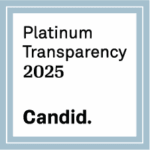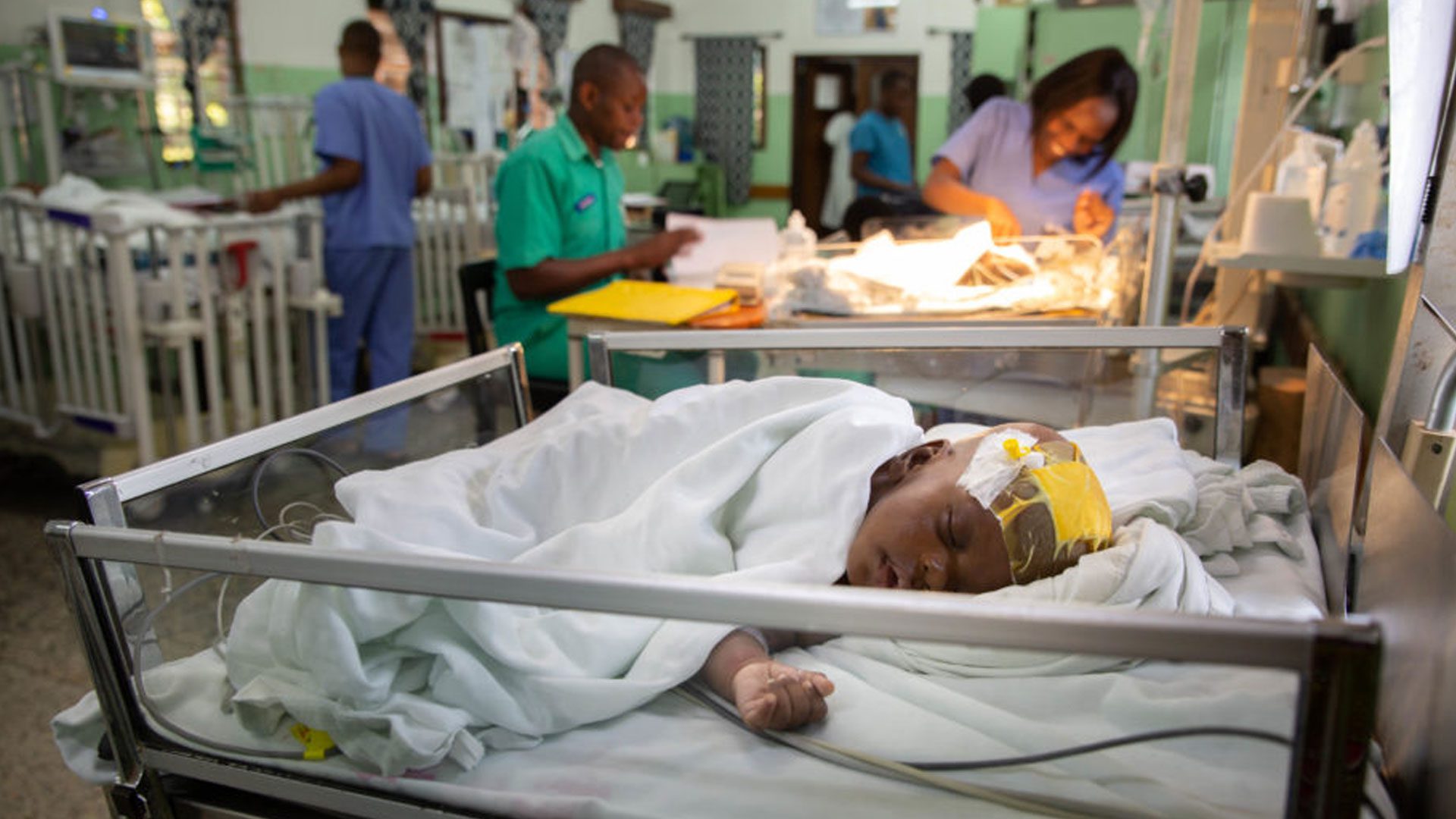Three steps forward and 2 steps back: the Echternach Procession toward optimal hydrocephalus treatment
Abstract: The dancing procession in Echternach, a small town in Luxembourg, is a centuries-old religious procession to the shrine of St. Willibrord that has taken various forms over time. At one point in history, the celebrants took three steps forward and two steps backward, thus taking five steps to make one step of progress. This , I think, provides a good analogy for the last 100 years of progress in our understanding and treatment of hydrocephalus.
I joined this procession when my family and I moved to Uganda in 2000 to work with CURE International, a non-profit Christian organization, in founding a pediatric neurosurgery hospital for the region. When the hospital was opened, it quickly became apparent that infant hydrocephalus was the most overwhelming problem, and we subsequently found that the majority (60%) of these cases were secondary to neonatal ventriculitis. We has subsequently reported the enormous burden of infant hydrocephalus in sub-Saharan Africa and the long-term outcome for these postinfectious hydrocephalus cases. We were soon treating >500 new infants for hydrocephalus at the CURE Children’s Hospital of Uganda each year.
Creating shunt dependence was more problematic in sub-Saharan Africa than in developed countries and begged the question as to what the best treatment for hydrocephalus would be in that particular context. However, I suggest that we do not yet know the correct answer to that question for this or any other context because we have an incomplete understanding of both cerebrospinal fluid (CSF), physiology, and hydrocephalus. The problem is compounded by often not recognizing our unfounded assumptions.























